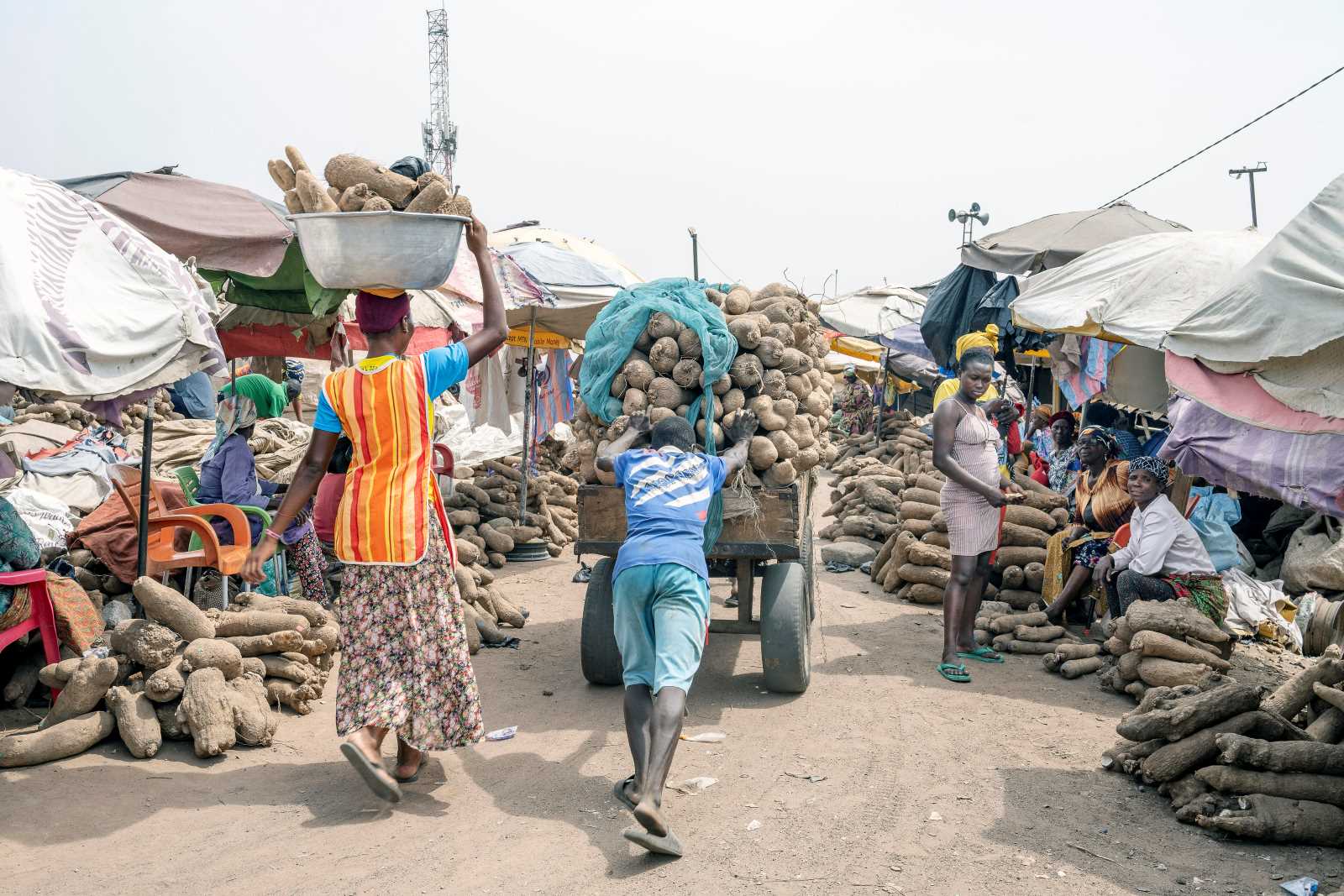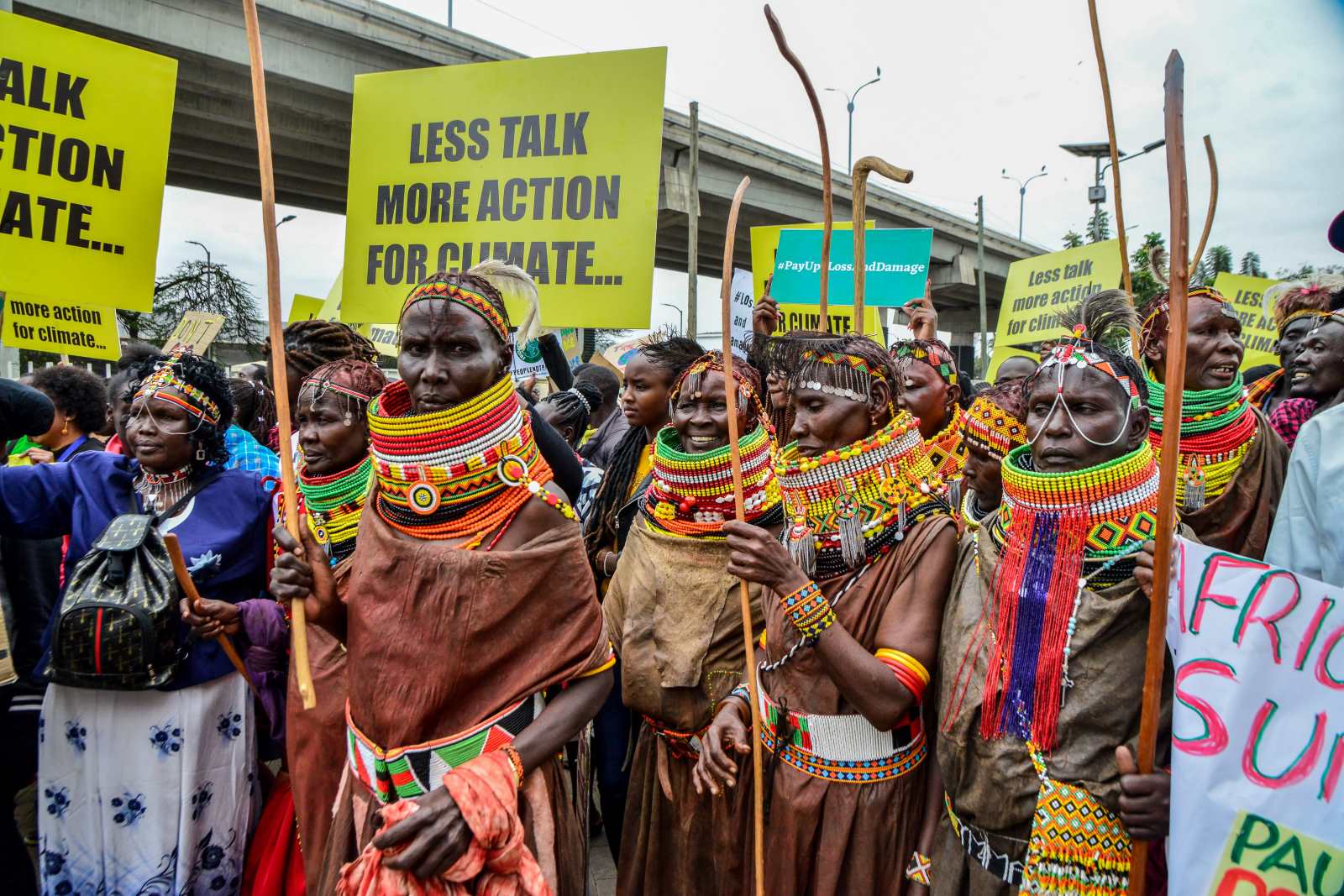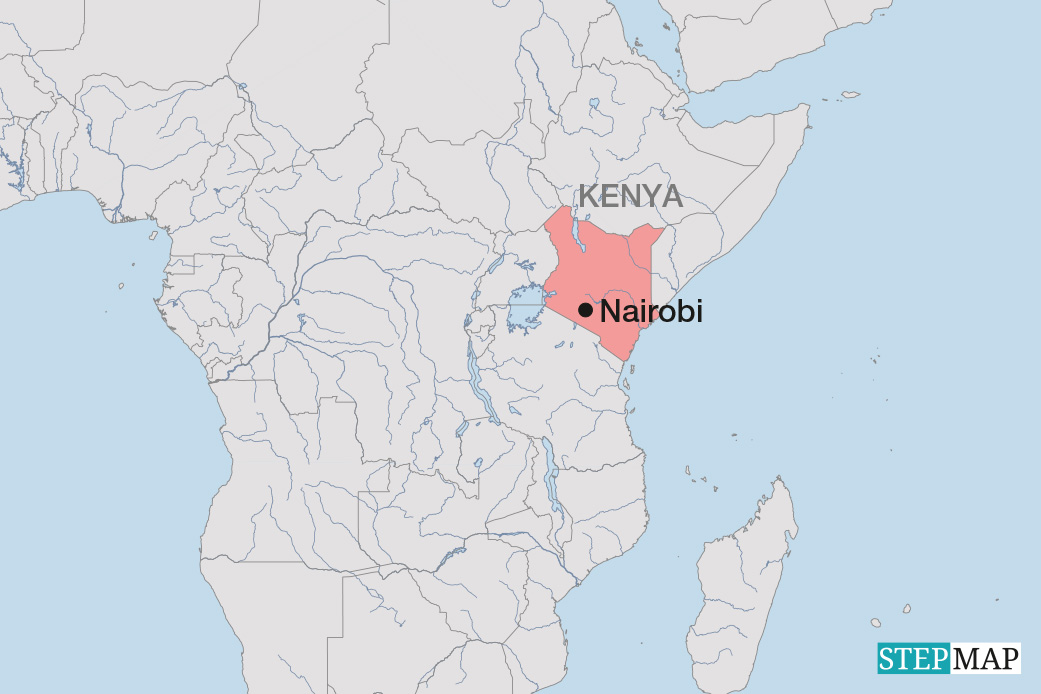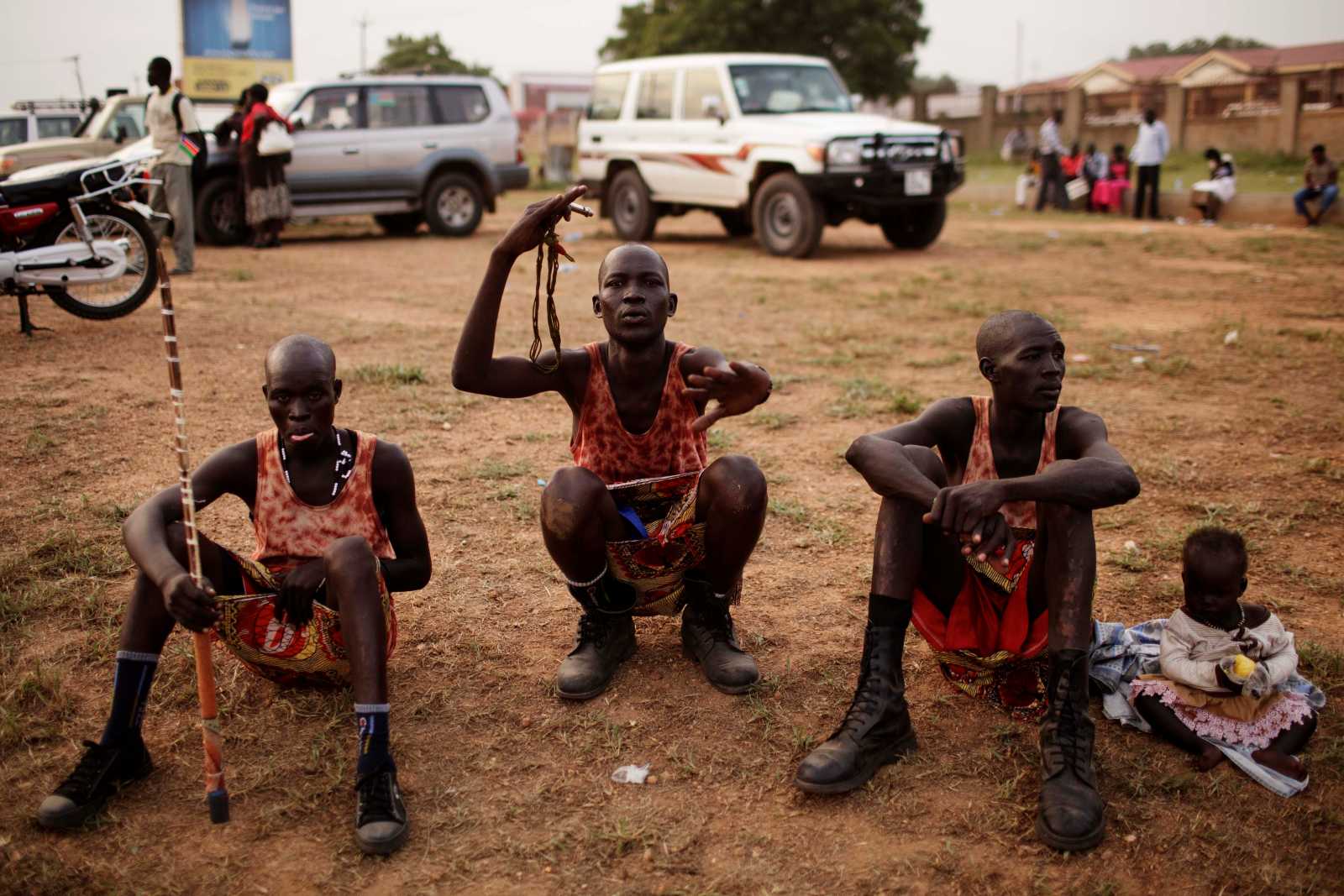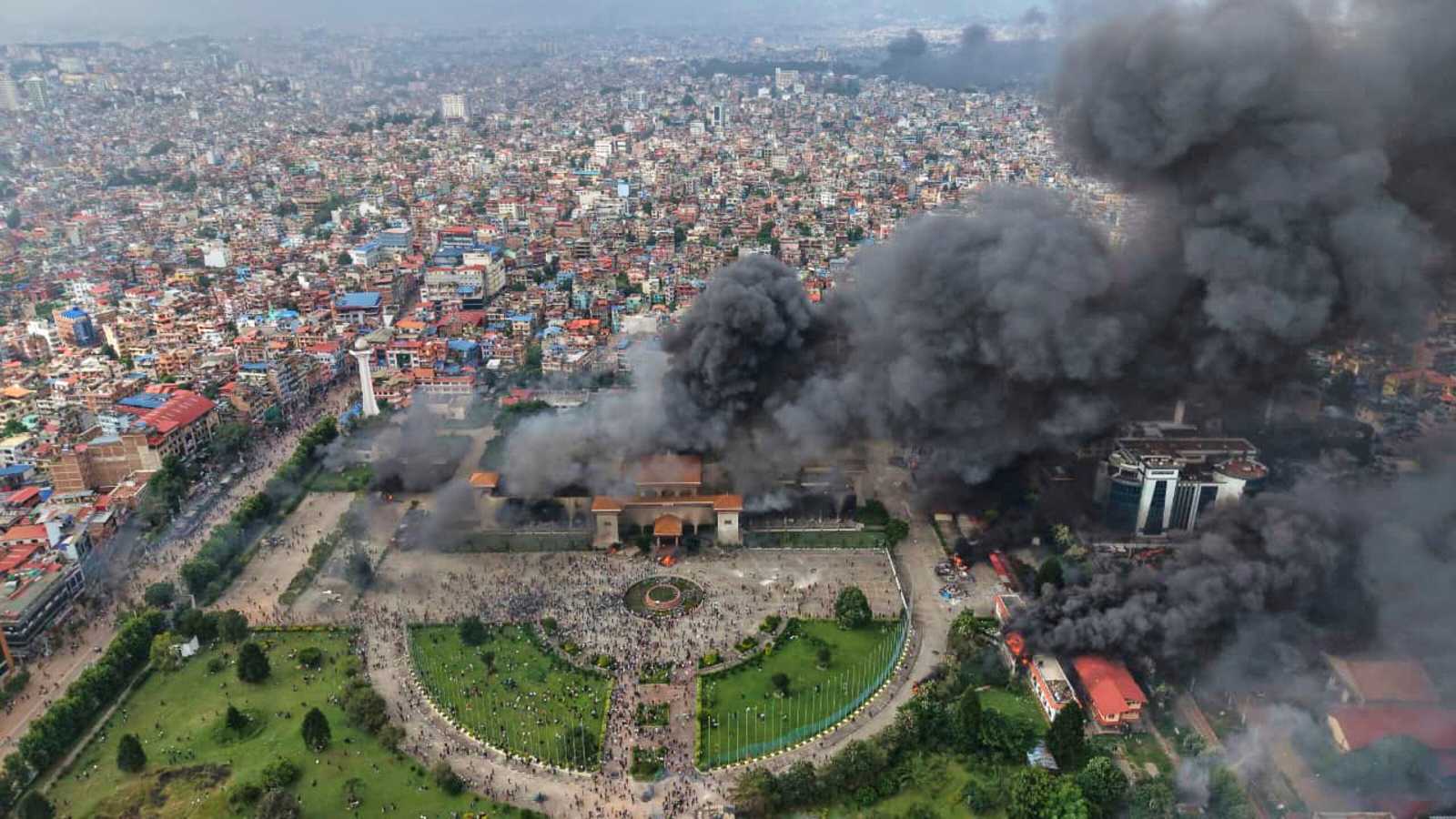Communication
Lost in acronyms
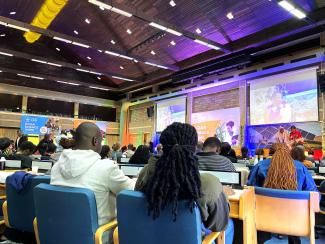
Last month, I attended CGIAR Science Week in Nairobi. CGIAR stands for “Consultative Group on International Agricultural Research”. The event took place at the UN complex, which reflects how relevant this organisation’s work is to the global community – even though it remains largely unknown outside professional circles. Over 9000 people conduct research on behalf of CGIAR in 89 countries. Their efforts are directed at nothing less than world nutrition and sustainable food security for all.
The significance of CGIAR’s work is not immediately apparent because important actors are only talked about in acronyms. That is true for the 15 large “Future Harvest Centres”, which are distributed all over the world and conduct research on essential topics like rice, livestock management and water, as well as for national research organisations or university agricultural institutes. When these groups of actors join forces, reach agreements and set future agendas, they produce even more abbreviations.
At the Science Week, for example, the GNC was launched, which was developed by GFAiR on the basis of the CGIAR HLAP report and commissioned by various RF, such as APAARI, FARA, FORAGRO, EFARD, CACAARI and AARINENA, to facilitate cooperation between NARS all over the world. Got it?
That means the following: On behalf of regional or continental forums (RF; FARA, for example, is the “Forum for Agricultural Research in Africa”; CACAARI is the “Central Asia and the Caucasus Association of Agricultural Research Institutions”), the Global Forum on Agricultural Research and Innovation (GFAiR) set up a consortium (GNC, the “Global NARS Consortium”) to help national research systems (NARS) collaborate and present themselves globally.
Another example: Later, participants discussed how CGIAR can better support CAADP’s new ten-year strategy. Many people took part in the panel, including representatives from ICRAF-CIFOR, IITA, CIAT and ILRI. These are institutions that specialise, for instance, in tropical rainforests and nature preserves (ICRAF-CIFOR), agriculture in tropical regions (IITA), biodiversity (CIAT) and livestock systems (ILRI). The conversation about CAADP and CGIAR is very important, because CAADP stands for “Comprehensive Africa Agriculture Development Programme”. The programme should help African countries end hunger and reduce poverty by 2063 by stimulating the economy through more productive agriculture.
Development buzzwording
On the one hand, it’s clear that all these institutions, consortia and strategies need suitable names, and we journalists certainly do not want to waste valuable space by writing out long monikers every time.
On the other hand, the excessive use of acronyms can obscure what is actually at stake. Press releases and publications by larger media companies use them repeatedly – worst case scenario, without any explanation. Readers are often left in the dark about what the actors behind the acronyms actually do or aim to do.
Cascades of acronyms are neither new nor unique to agricultural research. I’m writing from Kenya, where it is almost impossible to navigate state and educational institutions without a list of abbreviations. Even the smallest institution needs names that can be made into acronyms – whatever cannot be shortened does not exist. That is true for other countries on the continent as well – and, of course, for German bureaucracy.
In development policy, acronym overuse is old news. The EU maintains its own database of abbreviations, and asking AI for a typical description of development work produces the following: “As part of the SDG agenda, the UNDP, together with GIZ, USAID and local CSOs, is coordinating a PPP project to promote WASH initiatives in LDCs, which will be implemented under the SWAp approach using ODA funds from DAC donors. M&E is being carried out according to RBM guidelines and regularly assessed through JSRs and KPIs.”
Even worse, sometimes the words between the abbreviations fail to shed much light, like when classic development buzzwording refers to “strategic partnerships for impact”, “facilitation”, “capacity building” or “empowerment dynamics”.
Acronym fatigue is particularly appropriate now. In light of sharp declines in research and development funding, it is more important than ever that as many people as possible understand what both development policy and research actually achieve.
The example of CGIAR shows: Even important work that aims to ensure that the basic needs of all people are met is often – best case scenario – only understood by the people who conduct it. But that is not enough, now that new donors from the private sector, for example, must be brought on board in order to close huge financing gaps. At the same time, initiatives like the GNC and the CAADP are incredibly important currently because they strengthen national systems and make them less dependent on the benevolence and erratic decisions of richer countries. We in the media have to make an effort to provide the necessary background knowledge – and it would be very helpful if the research and development communities could formulate their messages more clearly. The fact that they do not, probably has to do with money struggles behind the scenes. Nevertheless, a lack of transparency about budget decisions exacerbates public mistrust of international organisations and global agendas in the medium term.
Katharina Wilhelm Otieno is an editor at D+C; the abbreviation has stood for Development and Cooperation for over 50 years. She works in Nairobi at times.
euz.editor@dandc.eu

